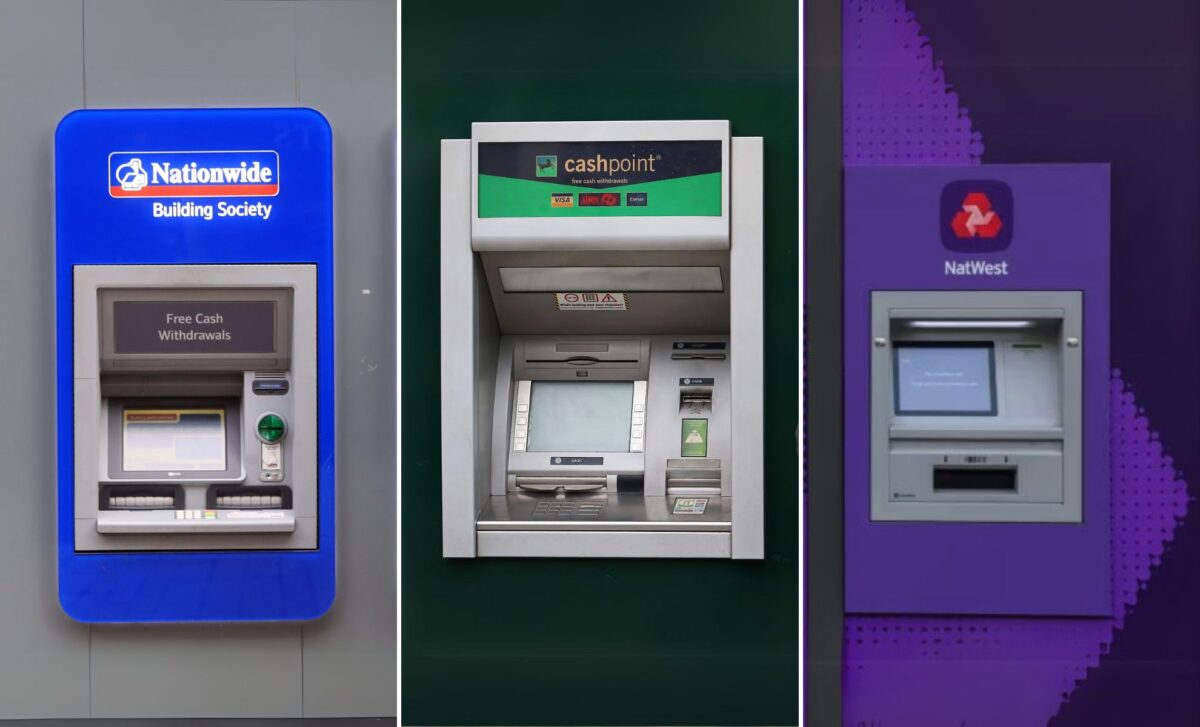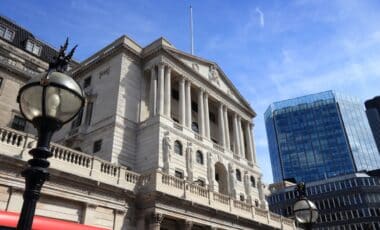Experts are urging UK customers, especially those with Nationwide, Lloyds, NatWest, and Santander, to carefully monitor their accounts for potential hidden overdraft charges.
According to BirminghamMail News, overdrafts are a financial tool that many people rely on, but it’s important to understand the terms and conditions to avoid unexpected charges.
While some customers may have specific agreements with their banks, others may be using their overdrafts without fully realising the costs associated with them. This can make individuals vulnerable to hidden fees and high-interest rates that can quickly spiral out of control.
The risks of overdraft charges
Overdrafts are a common financial tool for millions of UK bank customers. However, the charges associated with overdrafts can escalate rapidly, leading to significant financial strain for many.
For instance, banks like Santander and HSBC charge overdraft rates that approach 40%, which can accumulate very quickly, particularly for customers who regularly rely on their overdraft.
According to TotallyMoney, approximately 9.7 million adults in the UK are currently overdrawn, with an average overdraft balance of £709. With a typical APR of 39.90%, this means that those with an average overdraft could be paying as much as £283 in interest over the course of the year if their balance remains unchanged.
The high cost of overdrafts, including those from Nationwide, is compounded by the fact that interest is often compounded, meaning that the longer the overdraft remains unpaid, the more expensive it becomes.
The charges can continue to build, further increasing the amount owed, making it difficult for individuals to recover their financial situation.
Unawareness of overdraft charges
One of the main issues surrounding overdrafts is that many customers, including those with Nationwide, are simply unaware of the charges they are incurring. This lack of awareness can stem from the way overdrafts are structured in many bank accounts.
Often, an overdraft is treated as an extension of a current account, and there are no separate cards or apps to remind customers that they are in debt.
Over time, this can lead to overdraft charges becoming “hidden” within regular transactions, making it harder for customers to notice the interest charges accumulating.
In many cases, people who are regularly in overdraft may fail to notice minor changes in interest rates, or they may not fully understand the financial impact of these changes. This results in customers, including those with Nationwide, unknowingly racking up charges, often without realising the long-term financial strain they are creating for themselves.
Expert advice on managing overdrafts
Alastair Douglas, CEO of TotallyMoney, emphasized that overdrafts should be treated with the same caution as any other form of debt.
For some, overdrafts are a ghost debt. Customers often treat it as an extension of their current account; there’s no separate card, bank, or app—and the interest charges can get lost among their account transactions,
said Douglas. He continued,
Some might have forgotten they ever applied for their overdraft, while others won’t be aware of the interest rates being charged.
He further stressed,
It’s important to remember that an overdraft is debt, in the same way that a credit card, loan, or buy now, pay later agreement is
Douglas also pointed out the potential financial burden of overdrafts, adding :
That’s because overdrafts are often one of the most expensive ways to borrow, with cheaper options often available.
If customers find themselves consistently overdrawn, Douglas recommended considering alternative solutions, such as using savings to clear the overdraft balance or switching to a bank offering interest-free overdrafts.
If you have savings, then consider using the money to clear your balance. By not paying interest to the bank, you should be able to save more in the long run,
he advised. He also suggested customers
shop around for a bank who offers an interest-free overdraft – just remember that you’ll need to pass a credit check first, so check your report first to make sure everything is correct and up to date.









